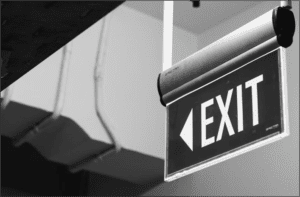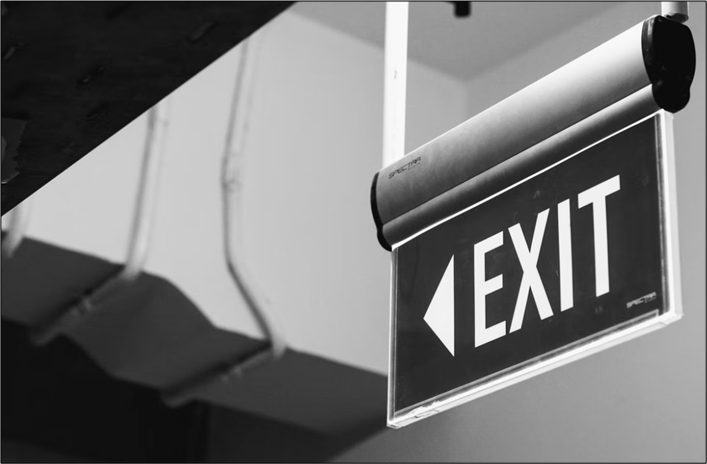Last week, FranNet of DFW & Oklahoma posted a blog about a recent study revealing that franchise-owned businesses are worth one and a half times more than their non-franchise counterparts when it comes to resales. But this aspect – while not surprising to those of us in the franchising industry – is part of a larger conversation which centers on the many different exit strategies for entrepreneurs. Some end up franchising their way to business ownership because they intend to make a lifetime commitment to the operation. But not everyone takes this path.

For quite a few franchise owners, buying into the business model is merely stage one of a well-designed plan to leverage the value of their new asset. In this blog edition, we’ll cover a few of the different ownership strategies as it pertains to developing an exit plan.
Buy. Sell. Resale.
Before many entrepreneurs buy into a franchised business, they’ve created their own roadmap of the lifecycle of their business. They’ve officially entered into a process in which they establish a new business, build it up to maximum profitability, then plan to sell the asset for more than they initially paid. It’s essentially no different than house-flippers who pursue a similar strategy on any of the dozens of shows featured on the HGTV network. Business valuation experts agree that a typical franchise operation takes anywhere from three to five years of profitability to recuperate an initial investment. Before you initiate a plan such as this for your own strategy, be sure to refer to Item 17 in your franchise disclosure document (FDD), which covers the regulations and limitations of franchise sales, renewals, transfers, and terminations. This section also outlines the brand’s dispute resolution policies. So, caveat emptor, Latin for “let the buyer beware…”
Keeping It In the Family
It’s becoming increasingly common for entrepreneurs to enter the world of franchising with a legacy model business plan. That is, they only intend to be the franchise’s first-generation owners. Once they’ve built a thriving business and they’re ready to retire, move on, or begin living the RV life, their full intention is to pass the business along to their children (or even grandchildren). There are some assumptions that come with this strategy – not the least of which is making sure the next generation has an initial interest in taking over the reins. But all told, this is a wealth-building strategy that has many advantages and benefits for each of the generations in a family.
Buy Backs
Depending on the brand’s policies and corporate ownership strategy, some franchisees may have the opportunity to sell their franchises back to corporate. Once again, Item 17 of your FDD will spell out the possibilities explaining the circumstances that might make this avenue a possibility. If it is possible, the situation may be dictated by the attractiveness of your territory, as well as how well you’ve built up your operation and customer base.
Many first-time entrepreneurs are all-consumed with the search to find a perfect franchise opportunity. But they shouldn’t fail to take note of the full life cycle of business ownership. A business that you’ve bought is, after all, a business you can one day sell. Most likely at a higher price than a non-franchised business. If you’d like to explore the full range of possibilities that come with small business ownership through franchising, let FranNet of DFW & Oklahoma be your guide. Our no-cost, no-obligation consultations have helped hundreds of entrepreneurs secure a future that belongs to them and them alone. We’d love to introduce you to a whole new world of possibilities through franchise ownership.
Getting started is easy – just book an introductory appointment and we’ll begin your Entrepreneurial Profile. Working together, we can find a franchise concept that’s a match just for you — one that aligns perfectly with your lifestyle and income goals.

